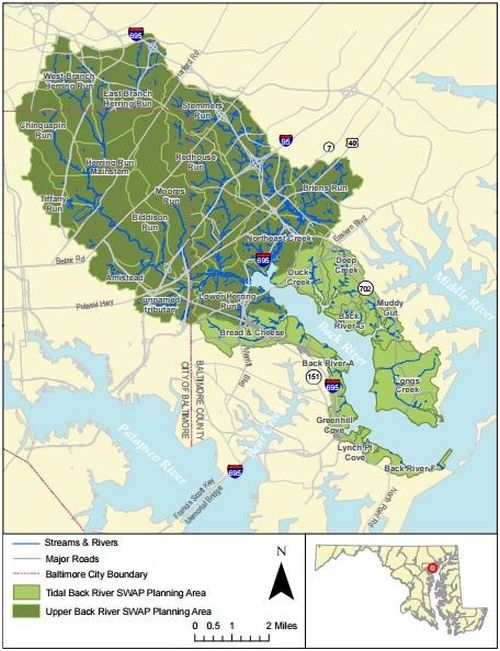- with readers working within the Business & Consumer Services and Media & Information industries
- within Media, Telecoms, IT, Entertainment and Antitrust/Competition Law topic(s)
Last month, the 1st Circuit Court of Appeals rejected the Conservation Law Foundation's argument that EPA had a non-discretionary duty to require persons owner property where stormwater runoff contributes to an exceedance of a TMDL to obtain NPDES permits. Now, Judge George Russell has ruled that EPA does not have non-discretionary duty under the Clean Water Act to determine whether commercial, institutional, and industrial users contribute to a violation of water quality criteria in the Back River watershed.

Do I detect a trend?
If EPA had such a duty, it was pursuant to its own regulations, not the CWA itself. Here's the critical language:
On and after October 1, 1994, for discharges composed entirely of storm water, ... operators shall be required to obtain a NPDES permit only if ... [t]he Director, or in States with approved NPDES programs either the Director or the EPA Regional Administrator, determines that the discharge, or category of discharges within a geographic area, contributes to a violation of a water quality standard or is a significant contributor of pollutants to waters of the United States.
Sometimes language really is pretty clear. As the Court noted, the non-discretionary duty here is on the operator, not on EPA. If EPA finds a problem, then the operator must obtain a permit. There is nothing in this language that requires EPA to determine whether or not the operator's discharge in fact poses a problem.
Although the clarity of the language made it unnecessary, I will note that the Court relied on Auer v. Robbins, and emphasized that "EPA's interpretation of its own regulations is entitled to significant deference."
More support for the conservative case for Chevron – and Auer – deference!
To view Foley Hoag's Law and the Environment Blog please click here
The content of this article is intended to provide a general guide to the subject matter. Specialist advice should be sought about your specific circumstances.



